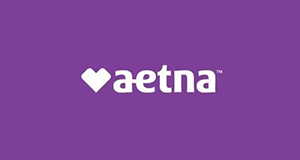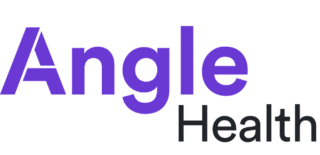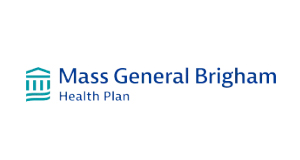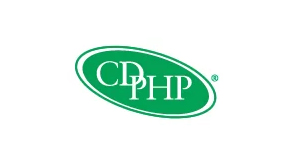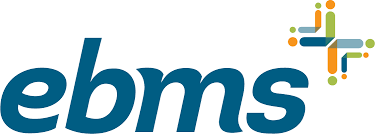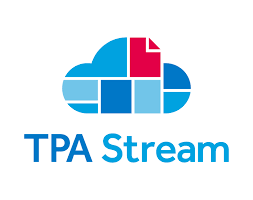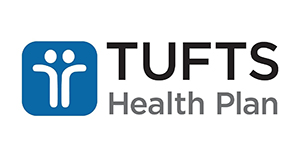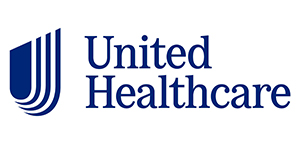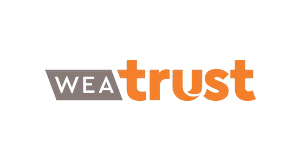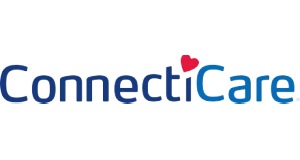
The Most Popular Benefits to Offer in 2024
Table of Contents
Employee benefits are indicative of a workplace that values and supports its employees. A comprehensive employment package is vital in today's competitive job market. As individuals become increasingly aware of the norm in employment benefits, what you add to your offer will showcase a well-rounded work environment that encourages people to join.
There are various employee benefits to explore and add to your packages for 2024, from healthcare to caregiving benefits and more. Find out how you can customize your employee benefits to foster loyalty from your team and attract new, top talent.
An Overview of Employee Benefits
Employees receive tangible or intangible perks, also known as fringe benefits, as part of their remuneration package. In addition to employee salaries, employers may choose to offer healthcare benefits, training opportunities, stock options or performance rewards, to name a few. The purpose of these benefits is to decrease employee turnover through better job satisfaction and to attract new talent. The primary perks employers offer are:
- Healthcare: Health insurance, which can include dental, medical or vision coverage, is only a legal requirement for organizations with 50 or more full-time employees.
- Paid time off (PTO): Employers may offer a specified number of holidays, sick leave and vacation days.
- Retirement plans: Some employers elect to offer contributions towards retirement savings plans like 401(k) pension plans.
- Further compensation: Performance bonuses, stock options, profit sharing, flexible spending accounts and wellness programs can form part of further compensation employees can qualify for.
The federal government mandates certain employee benefits that are not part of fringe benefits. Employers must contribute towards Social Security and Medicare, with some states setting their own regulations relating to sick leave and remote working expenses. Additionally, employers must offer benefits that include time off to vote and serve jury duty, payment towards state and federal unemployment insurance, and contributions to state short-term disability insurance.
The Benefits Employees Want the Most
Benefits may depend on an employee's age, income and life stage, and they play a significant role in an employee's decision to remain with a company or accept any job offers. While preferences vary based on individual priorities, a few perks reign supreme. Employees often seek comprehensive healthcare coverage, PTO, a retirement savings plan contribution, remote work options and flexible work schedules.
Despite 57% of employees confirming that finances cause the most stress in their lives, it is worth noting that cultural benefits also matter to them. The most important elements of company culture to employees are a healthy work-life balance and building trust between workers and employers. Supportive benefits like parental leave, flexible hours and childcare assistance contribute to creating a healthy work-life balance.
Popular Employee Benefits for 2024
An annual review of your benefits offerings is vital to understanding how they compare to industry standards and how well they align with your employees' needs and desires. How are employee benefits changing in 2024? Regarding trends in employee benefits, we expect to see more organizations absorbing more of the cost of benefits. While there are not necessarily new types of benefits showing up, there are some notable changes to the current benefit offering:
- Health insurance: To mitigate overheads with healthcare benefits, employers offer more healthcare plans, allowing employees to select one based on their needs. The Internal Revenue Service also announced its updates to the limits for flexible spending accounts (FSAs).
- Voluntary and ancillary benefits: These benefits are increasing in popularity among employees as they may help to combat the effects of high inflation rates. Child and elder care assistance, hospital indemnity, pet insurance and critical illness coverage are among the most popular.
- Lifestyle spending accounts (LSA): LSAs are part of voluntary and ancillary benefits offering employer-funded wellness-related benefits like mental health support.
- Paid leave policies: PTO outside of vacation days provides employees with a better work-life balance. Parental, sabbatical, caregiving and bereavement leave positively affect company culture and allow employees to feel valued.
- Caregiving benefits: As up to 73% of employees have caregiving obligations, employers can see a positive response when assistance in finding reliable care, emergency care and reimbursements are on the table.
How Employers Benefit
Employee well-being as part of a benefits package is an essential employee retention and engagement strategy that costs employers an average of $12.06 per hour worked per employee. Perks may also satisfy high-performing employees without offering outlandish pay raises. Many employees see the value in accepting salary packaging, a practice of accepting flexible hours, better healthcare or other benefits instead of a higher base pay. Employers can benefit from these incentives in three primary ways:
- Morale boost: When employees feel valued, they are motivated to deliver high-quality work, enjoying increased productivity and contributing to a positive work environment.
- Healthy staff: You will see healthier, happier, more engaged staff members when you offer healthcare and wellness benefits. A healthier workforce reduces absenteeism as employees can seek medical treatment when they are ill.
- Lower staff turnover: Employees and new recruits who appreciate the value of your benefits package will likely have a stronger commitment to your business. This consistent appeal means that staff want to stay and new candidates want to join the team.
How to Implement New Employee Benefits
During the review process of current benefits, get input from employees to identify where there is room for improvement and which additional perks would add value to their lives. Focus groups and annual health benefits surveys are insightful ways to gather this information to facilitate data-driven decision-making. Once the new benefits are put into place, incorporate the following steps to implement them:
- Educate employees: Provide staff members with a detailed overview of the new benefits, their value and resources they can access to enroll.
- Measure engagement: Track how many staff members engage with the various benefits. The information you gather here can indicate a need for increased messaging about the benefit or reconsidering the offer for the next fiscal year.
- Implement in phases: Introducing benefits gradually allows employees to become familiar with the offerings and enables you to manage resources more effectively.
Cost-Effective Health Insurance Benefits for 2024
Various employee benefits are in high demand, and a wider range can differentiate your offering from your competitors. From comprehensive healthcare to flexible work arrangements and opportunities for professional development, a considerate cost-to-company benefits package can ensure employee satisfaction, loyalty and, ultimately, productivity.
The Difference Card allows employers to customize employee benefits while enjoying coverage from a financially secure, A-rated insurance carrier. We offer a Medical Expense Reimbursement Plan that allows you to improve employee benefits with cost reduction and tax benefits. Contact us today to find cost-effective health insurance benefits for your employees.


